Despite shipbuilding never growing into an industry in its own right, hundreds of ships were built here.
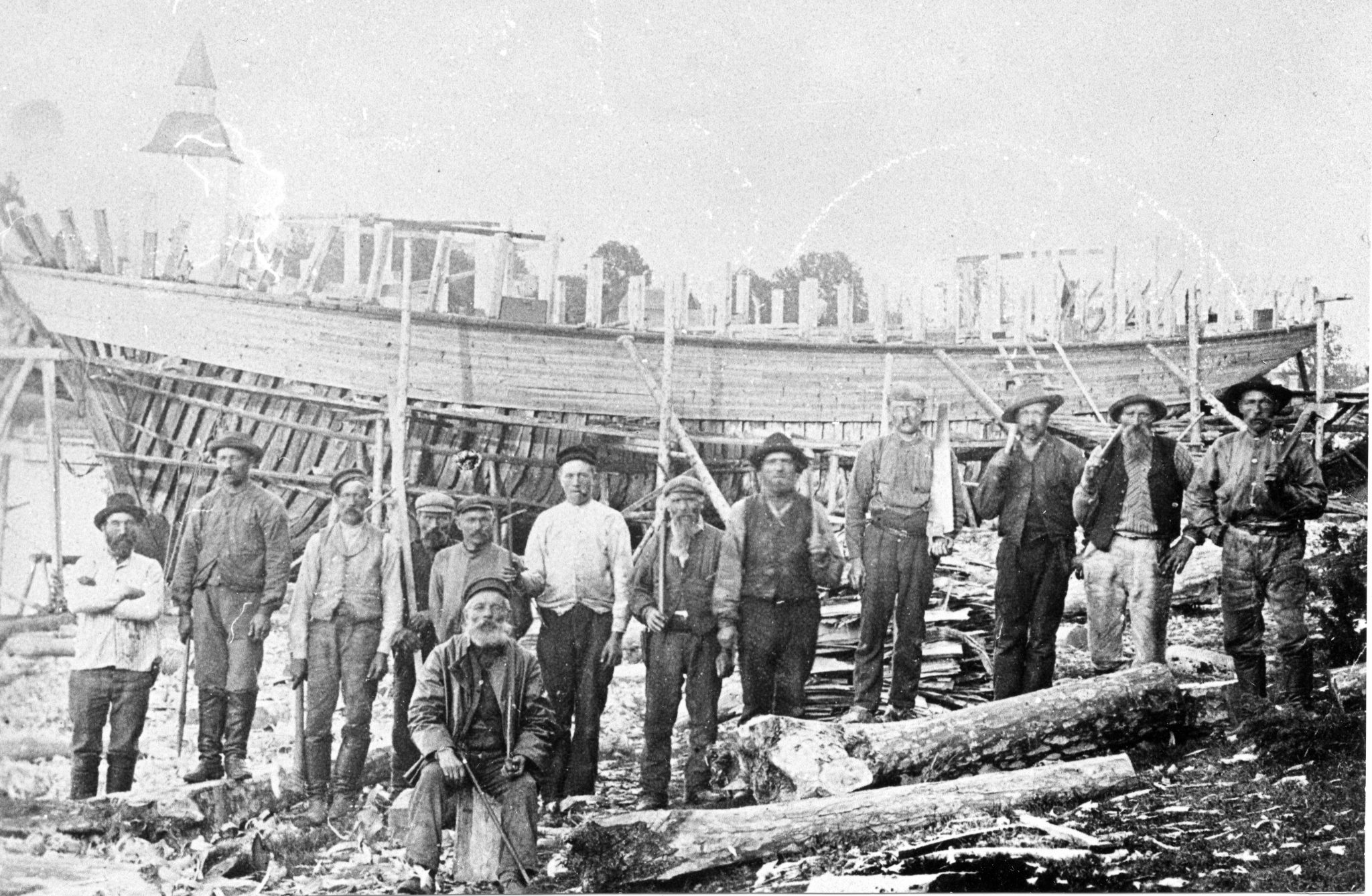
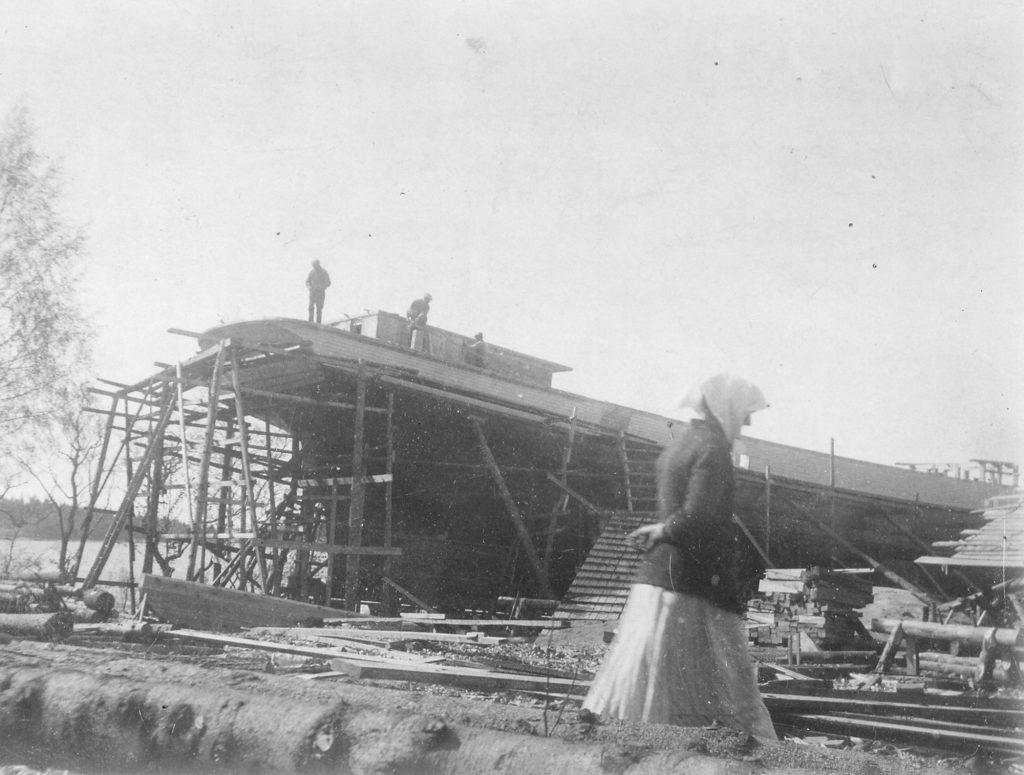
At the end of the Crimean War in 1856 there was a boom in the freight markets and a great demand for ships. This led to a period of intense shipbuilding on Åland, which lasted until the 1920s; some 300 vessels were built in this period. In the second half of the 19th century, many ships were also built for Åland investors in western Finland. The initiator of a shipbuilding project would try to attract investors and so form a jointly-owned enterprise. When the shares were fully subscribed, a shipwright was hired and the person with the most shares was designated principal owner. A small boat could be built by a few men but major projects required the labour of 20-30 workers, as well as detailed calculations and drawings.
The master shipwright held overall responsibility, including the hiring of workers. Among these, carpenters were the most numerous but there were also sawyers, blacksmiths and labourers. When the hull was ready for caulking and sealing extra workers were employed. Women spun oakum, boiled soap and made food while former sailors worked on the rigging and sails. Both spruce and pine were used for shipbuilding. Bent timber was needed for ribs while mast timber had to be straight. The timber came mostly from Åland but was sometimes brought in from Finland or re-used from old ships.
Highlights
On Åland a coffee pot and a share in a ship were counted among the necessities of life. Shares could be bought but even farmhands and milkmaids could become shareholders in return for labour. This meant that if a successful ship provided a good return, even the landless poor might eventually be able to buy a cow or a small piece of land.
It was important that the vessel was well maintained, from hull to rigging. The hull was usually checked in spring, during preparation for the sailing season. The ship would be taken to a careening bay and tipped onto its side with the help of careening blocks; this made it possible to inspect the parts that were usually below the waterline. Sometimes major repairs were necessary, but often it was just a case of cleaning, re-caulking, sealing and painting before repeating the procedure on the other side.
An Åland shipwright begun each new building project by making a half model, from which he made his calculations. This was a method that didn’t require much theoretical knowledge in shipbuilding. What was needed was a keen eye for form and function as you had to build a ship that could both take a big cargo and sail fast, a not too easy equation. In addition, the ship should be beautiful too. The Åland Maritime Museum’s collection of half models is an extensive one. The oldest model was made in the 1860s by master shipwright Lars Holmström, who built the barques Preciosa and Flora among others. The newest is Johan August Henriksson’s model of the barque Fred from 1920.
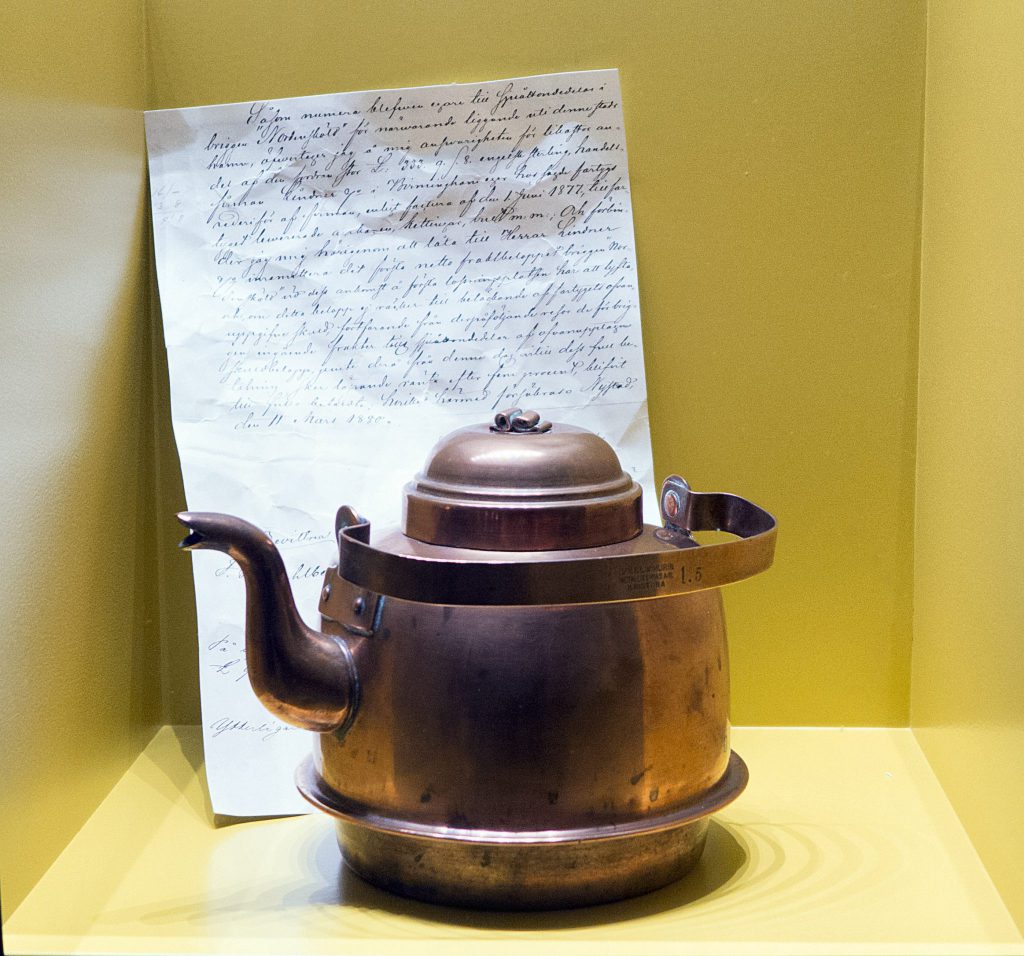
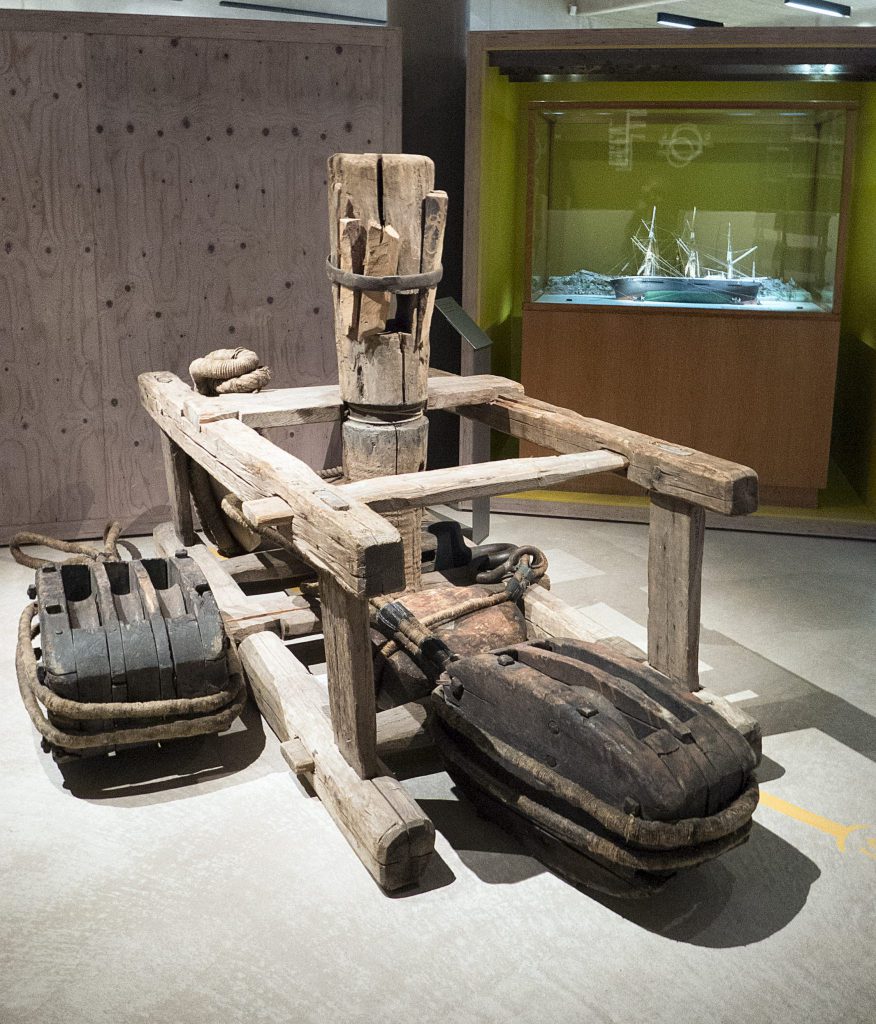
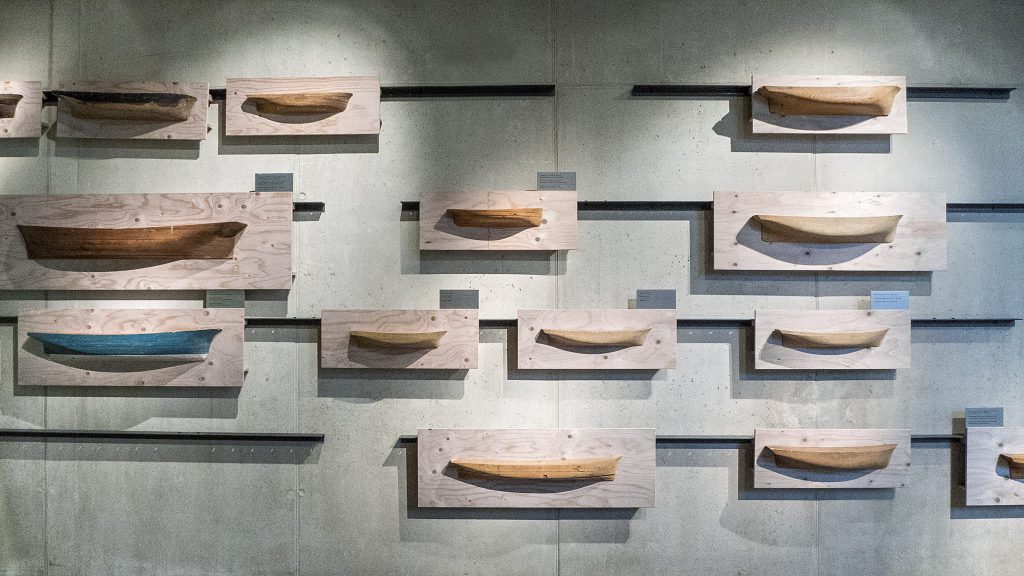
More exhibitions
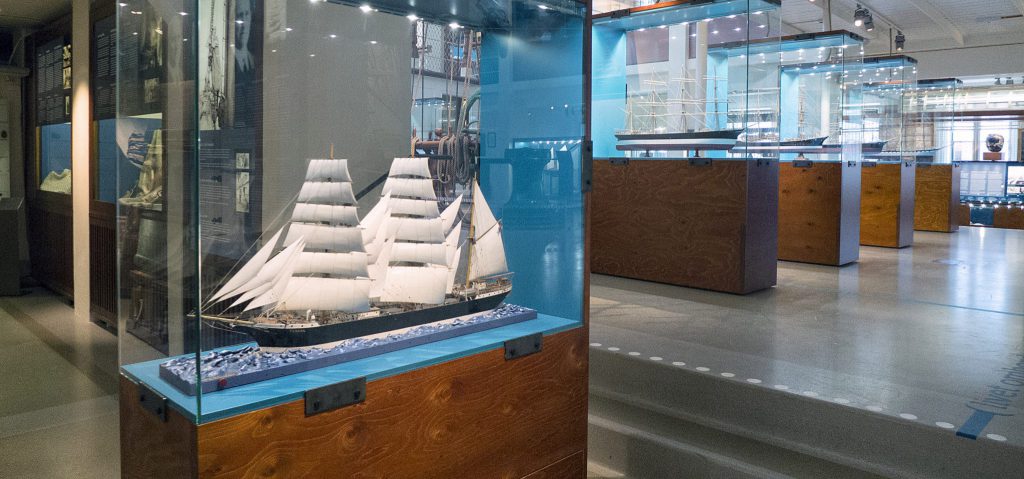
The Sailing Ship Era
Since time immemorial, sailing has been the Åland way of voyaging across the seas, and Mariehamn was the home port for the world’s last fleet of tall ships.
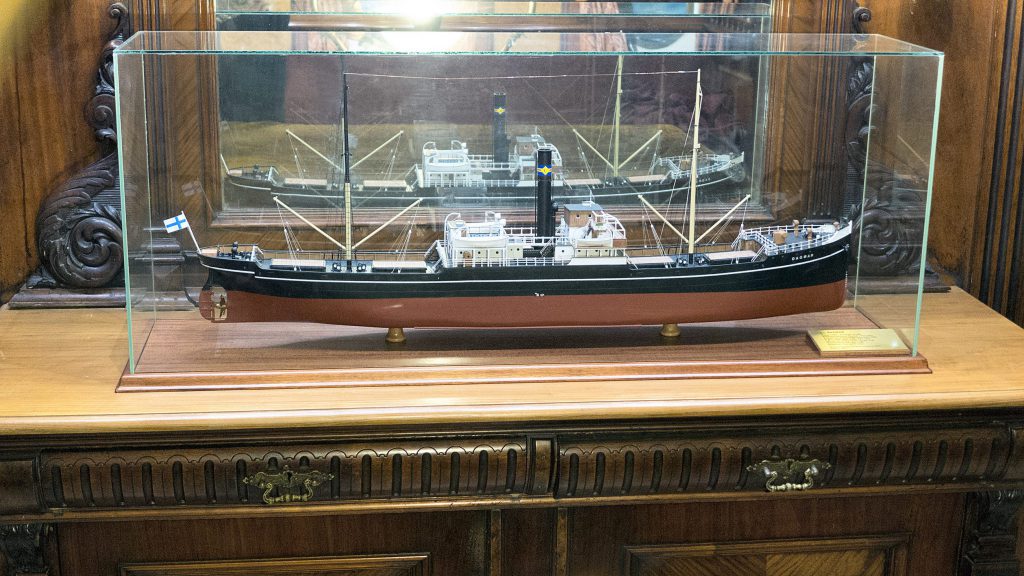
Engine-powered shipping
Engine-powered shipping was late in coming on Åland but once it had been established, it became the motor for modernizing Åland society at large.
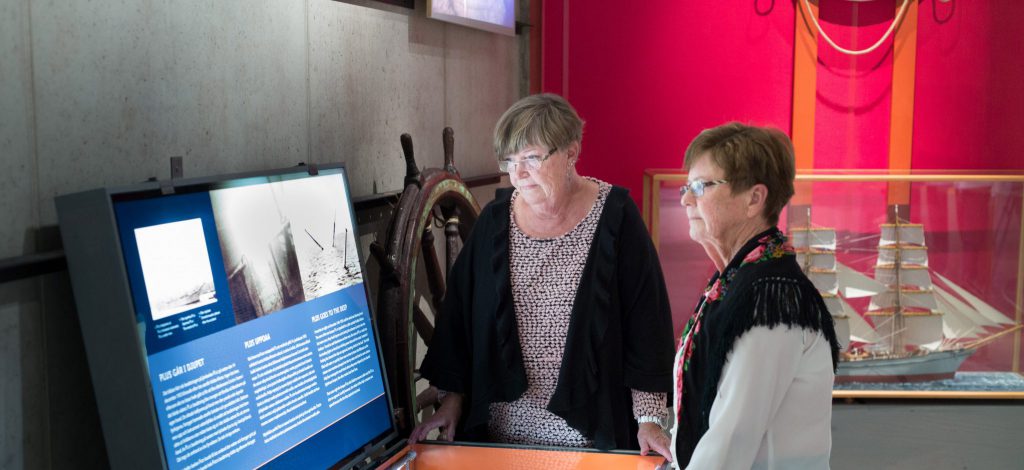
Safety at Sea
The sea and the wind are powerful natural elements that no human can tame. That said, there is plenty that can be done to promote safety on board and ashore.
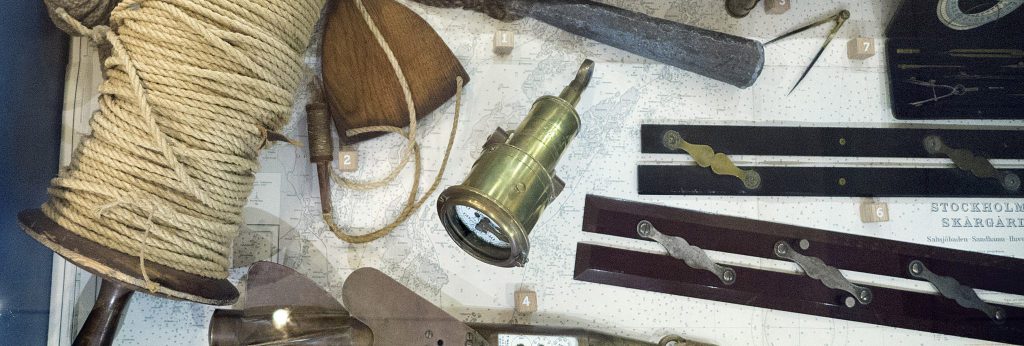
Navigation
Compass, chronometre, sextant, log and sea charts are in principally all a navigator needs to determine position and follow a set course.

Maritime Mariehamn
From the founding of Mariehamn in 1861 it has been a maritime town. This is were the professional shipping industry developed and this is were successful master mariners build their splendid homes.
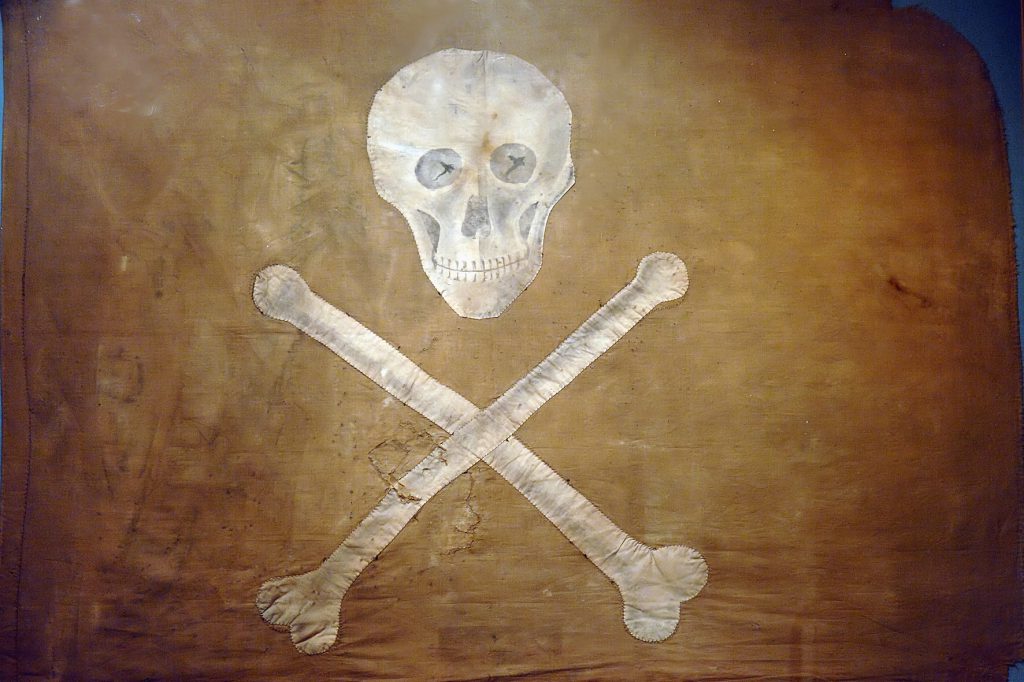
Cabinet of Curiosities
A cabinet of curiosities is made up of an eclectic collection of object that becomes a representation of all the world’s wonders and oddities in miniature.
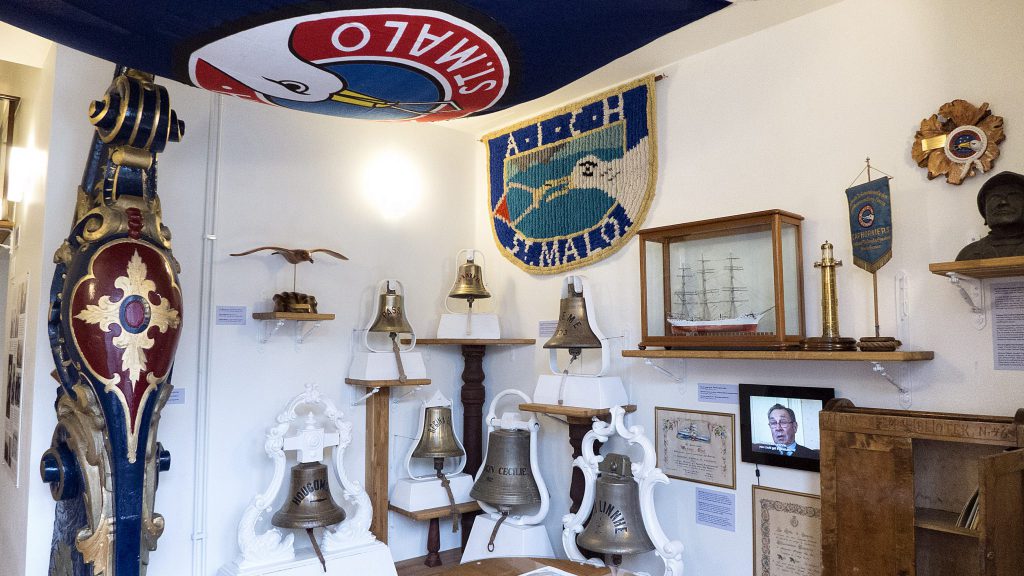
The Cape Horn Room
Amicale Internationale des Capitaines au Long Cours de Cape Horniers was an exclusive club for seafarers who had rounded the notorious Cape Horn in a cargo-carrying sailing vessel.

